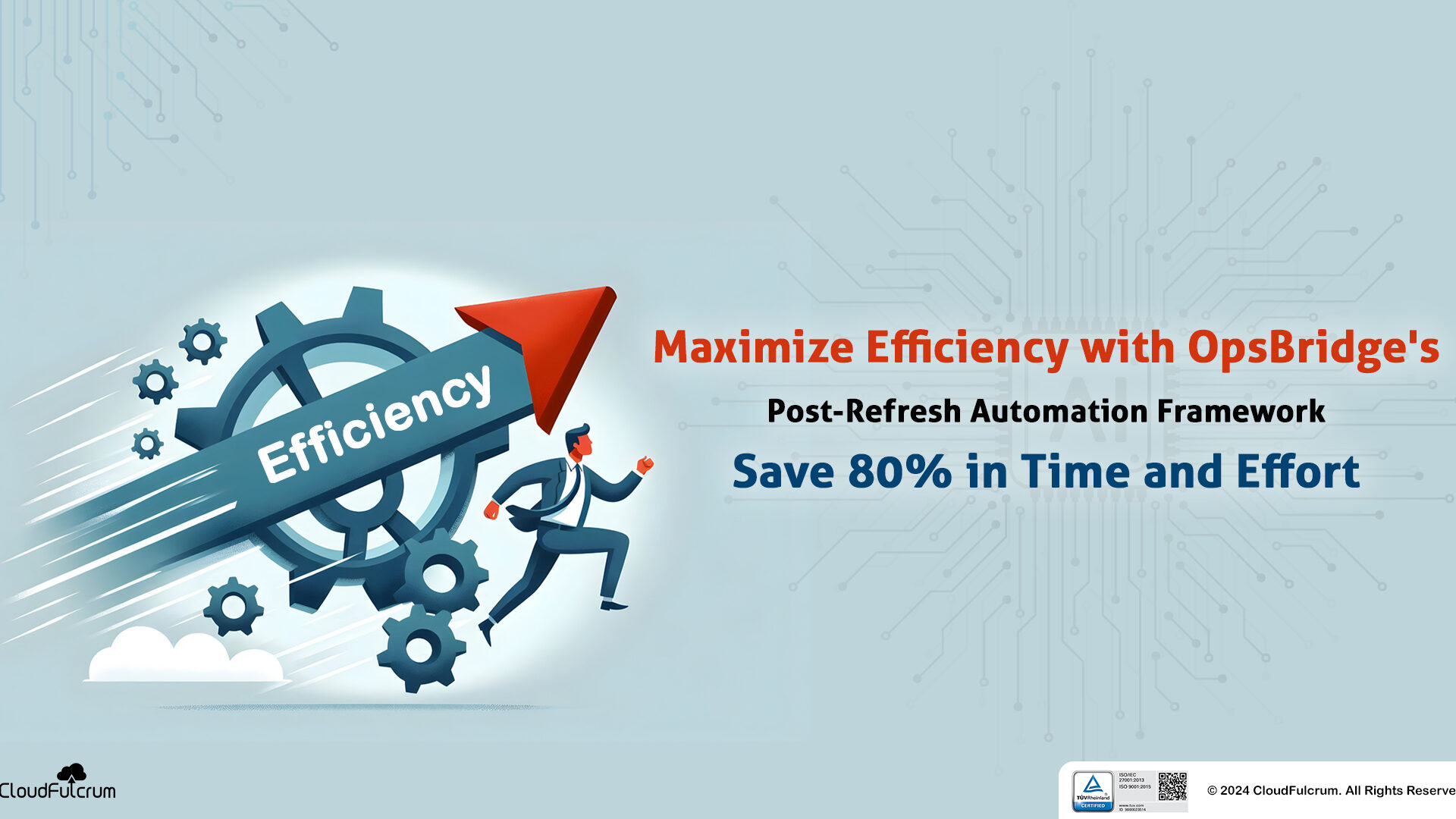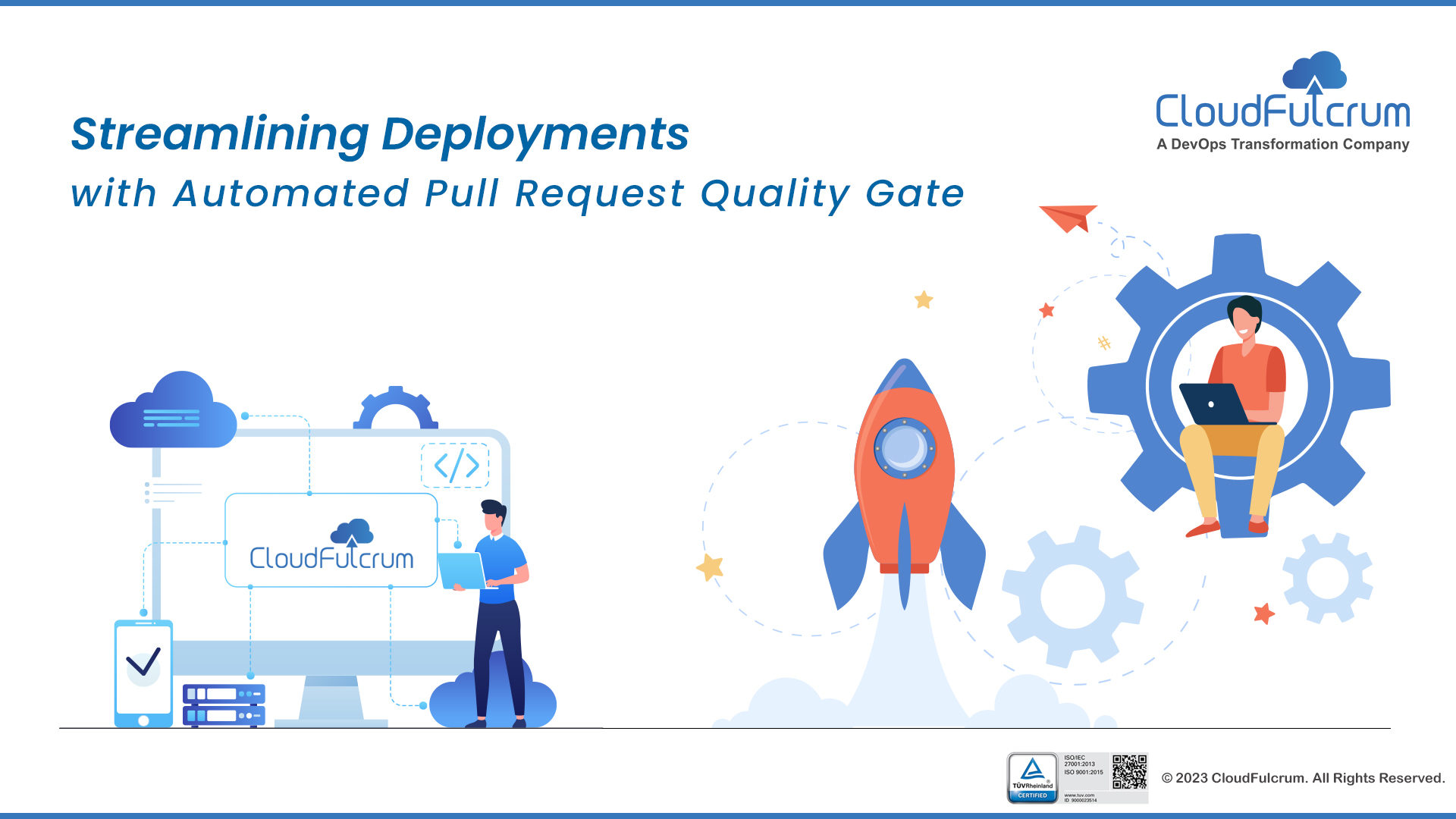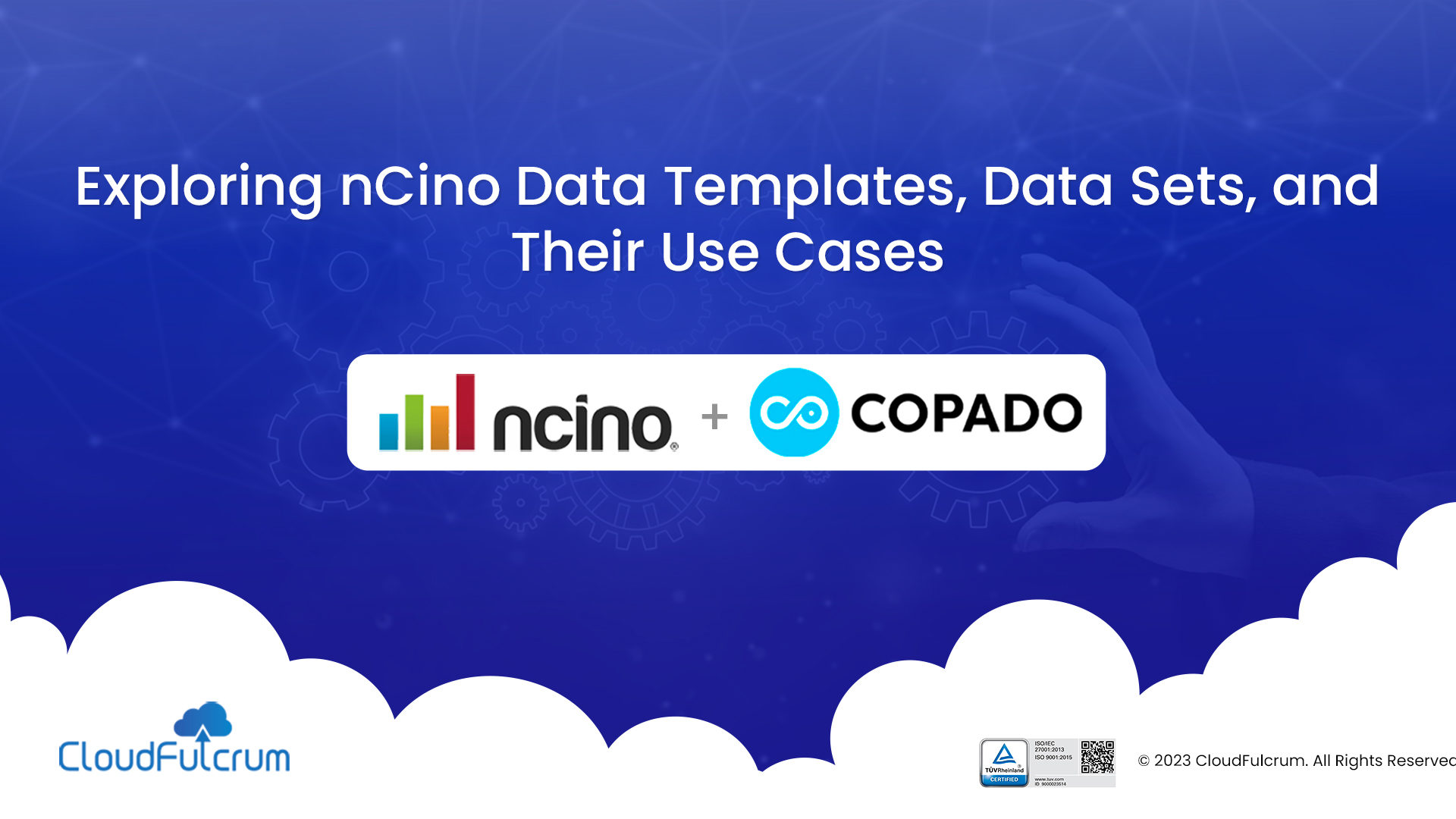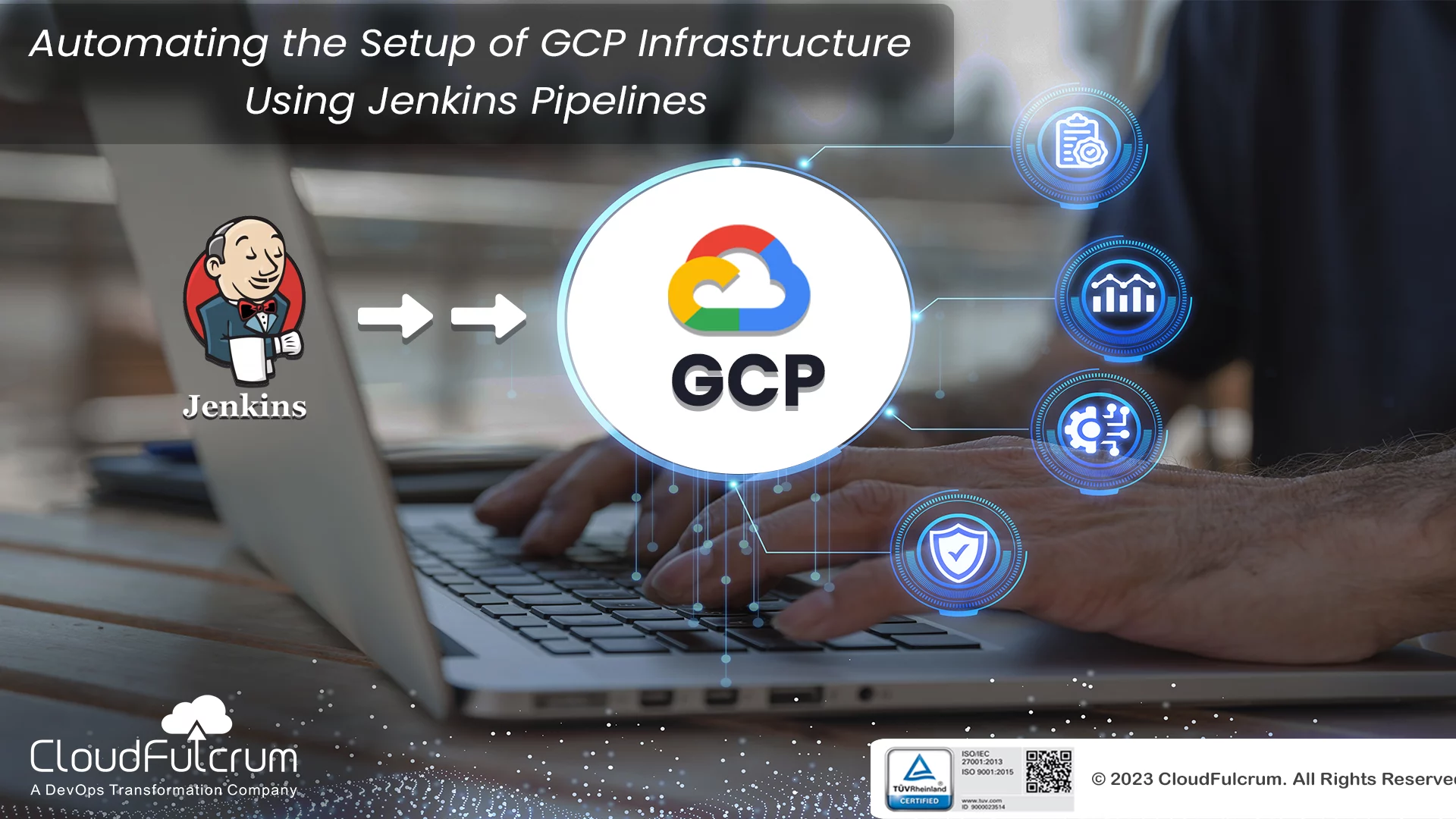In today’s digital landscape, data security and compliance are more critical than ever. For organizations using Salesforce, ensuring that all user activities are properly monitored and documented is a significant challenge. Unauthorized access, data breaches, and inadvertent errors can lead to serious vulnerabilities if not detected early. This is where Change Intelligence comes into play....
Salesforce DevOps | Salesforce Consulting | Copado Services
Salesforce sandbox environments are crucial for development, testing, and training without impacting production data. However, as time progresses, these sandboxes can become out of sync with the production environment, necessitating periodic refreshes. Additionally, Salesforce releases upgrades three times a year, further underscoring the need for regular sandbox refreshes. Despite their importance, the refresh process can...
Introduction When developers push code from one environment to another, managing shared components is crucial to avoid code overwrites and deployment issues. Without proper management, these issues can lead to delays and instability in the development process. To address this challenge, CloudFulcrum developed a comprehensive solution designed to predict and identify shared components, ensuring a...
Teams often struggle to prioritize tasks effectively when deadlines and milestones are managed outside of the Copado tool. Without clear visibility into the release schedule, teams may focus on less critical tasks, leading to misaligned releases and coordination challenges. This blog introduces the Release Calendar, highlighting its features and uses. Introducing Release Calendar Introducing OpsBridge,...
Introduction In the realm of software deployment, effective release management is crucial for ensuring smooth operations and timely delivery of updates. One key aspect of this process is the use of a release calendar, which helps teams organize and track various milestones associated with each release. Let’s delve into how release calendars work and their...
Introduction Copado is a DevOps platform that automates the deployment of changes to production environments. ServiceNow is a cloud-based platform that provides a variety of IT services, including change management. Currently, there is no direct integration between Copado and ServiceNow. This means that changes deployed by Copado cannot be automatically synchronized with ServiceNow’s change request...
In the ever-evolving landscape of software development, efficiency and accuracy are paramount. Manual tasks, while sometimes necessary, can hinder progress and introduce the risk of human error. In this blog post, you’ll learn how to automate a crucial step in the user story deployment process, saving time and ensuring consistency. The Challenge: Manual Pull Request...
Welcome to the second part of our guide on nCino data templates and data sets. In this blog, we’ll delve into creating and deploying nCino data templates and explore the concept of data sets and their use cases. In the first part, we covered essential information about nCino data templates, their advantages, and the steps...
Introduction: In today’s cloud-centric world, ensuring the security and scalability of your infrastructure is paramount. This comprehensive guide outlines the essential steps to set up SSL certificates for secure communication, implement autoscaling for efficient resource management, and utilize load balancing for optimal performance. Additionally, it covers the automation process through Jenkins pipelines for seamless infrastructure...









